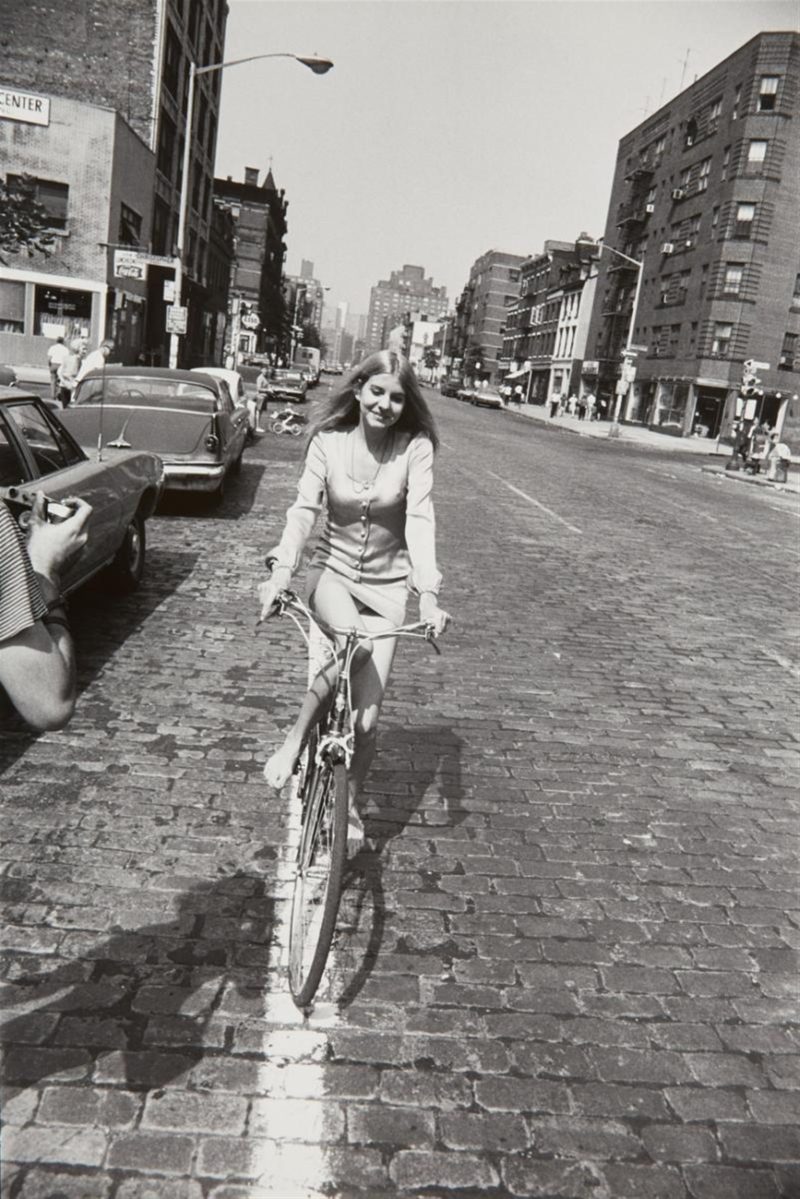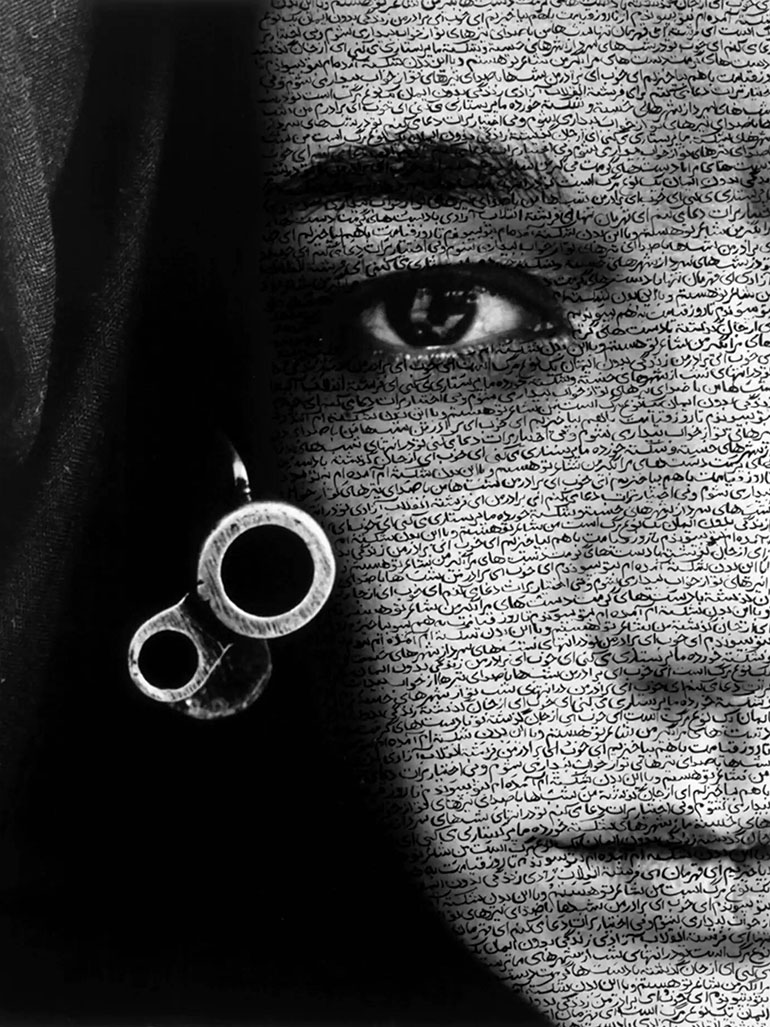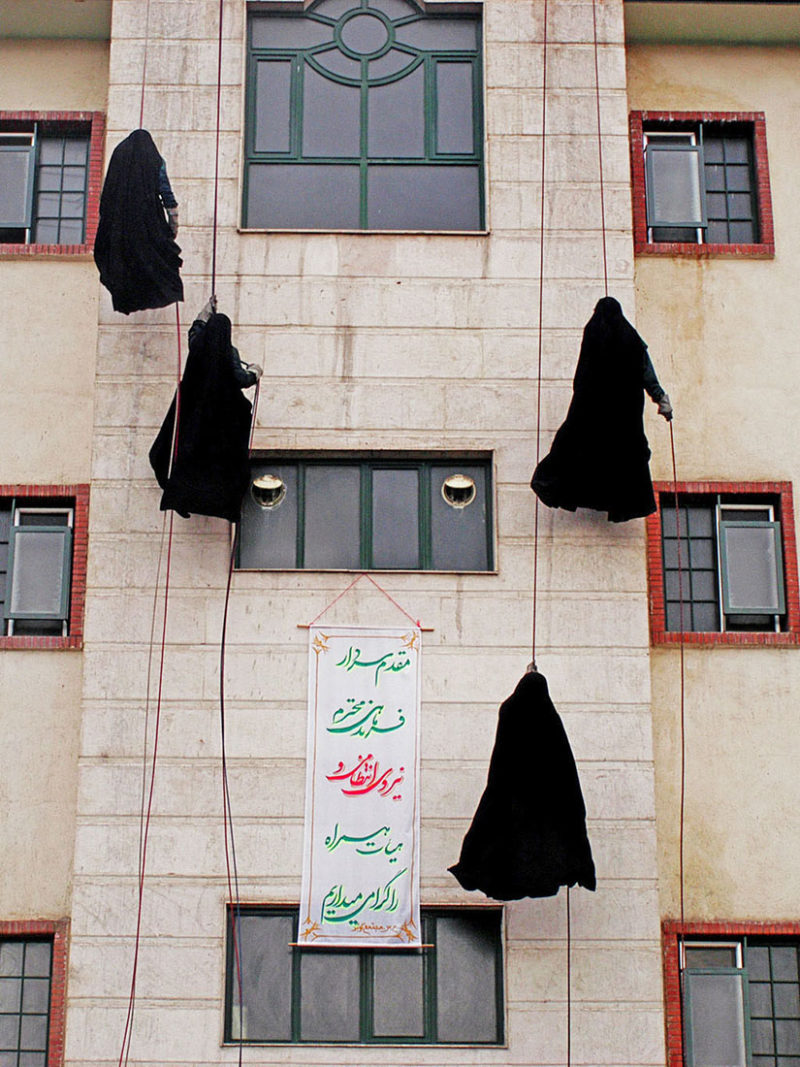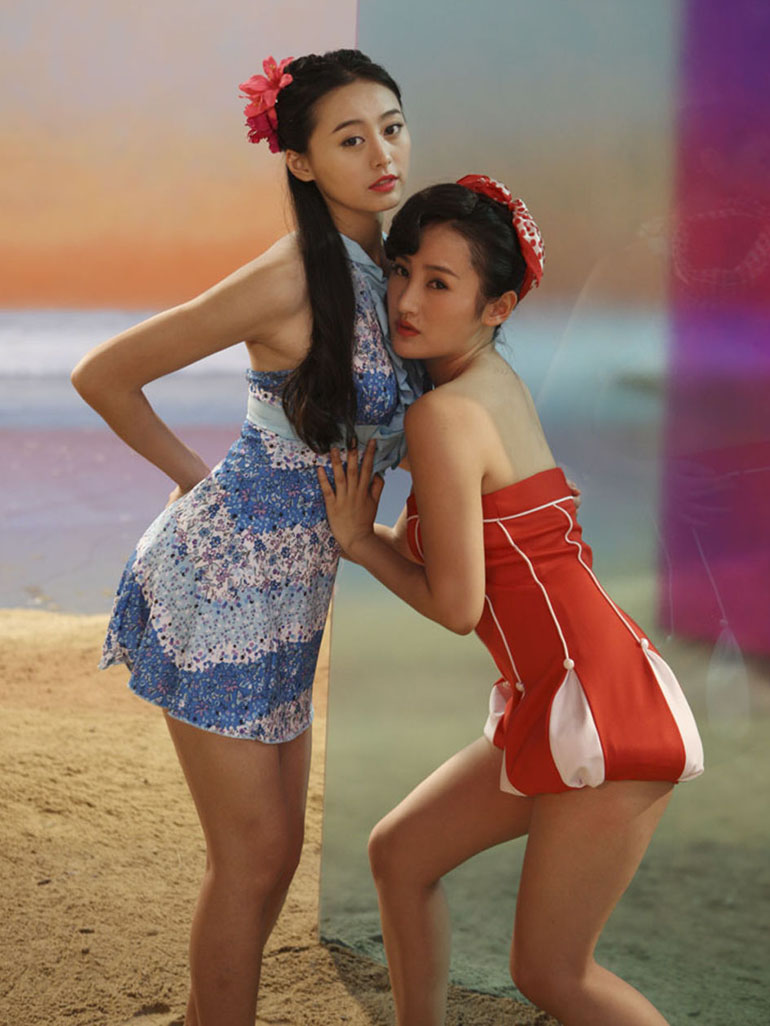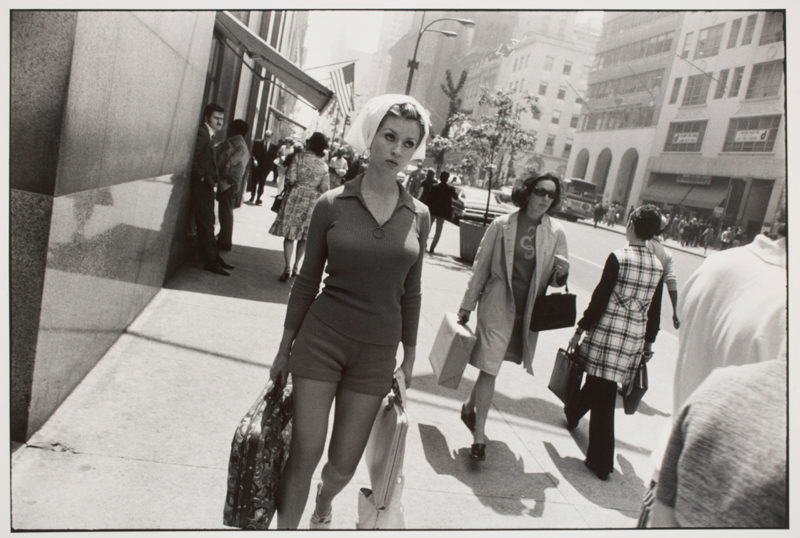
Introduction
New York native born Garry Winogrand 1 (b. 1928) is known to be the pioneer of street photography 2. In his Women are Beautiful series, he walked the streets of the United States and captured women in photography. The photographs were in quick and precise timing and through different angles.
Winogrand picked the right period for his photographs. The 1960s and 1970s were at the height of the second wave of feminism 3 and the sexual revolution. Women underwent transformative changes of attitude as a result of their powerful exercise of inner and outer freedom.
During that period, Winogrand captured the figure of confident, free, rebellious, happy, and beautiful women in his lens. He took the photos of women going about their day-to-day life activities – be it by the swimming pool, on the street, on the beach, or the market. Garry Winogrand was right there to capture that social change through his lens.
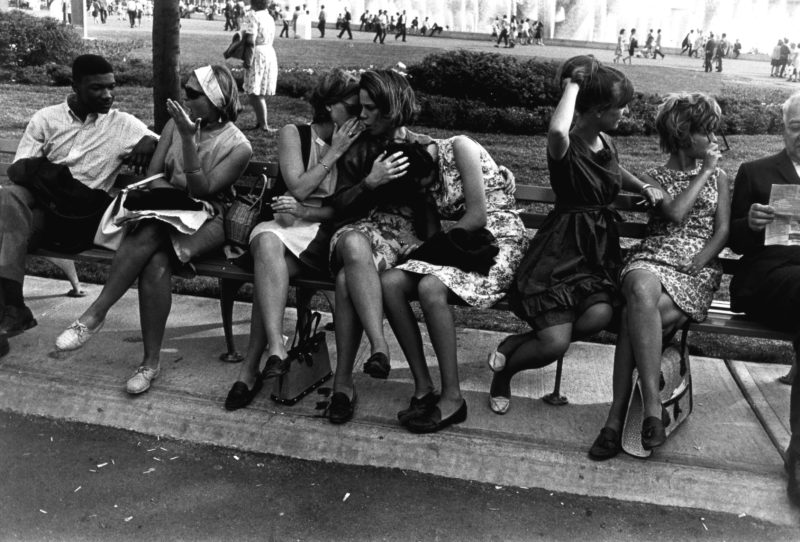
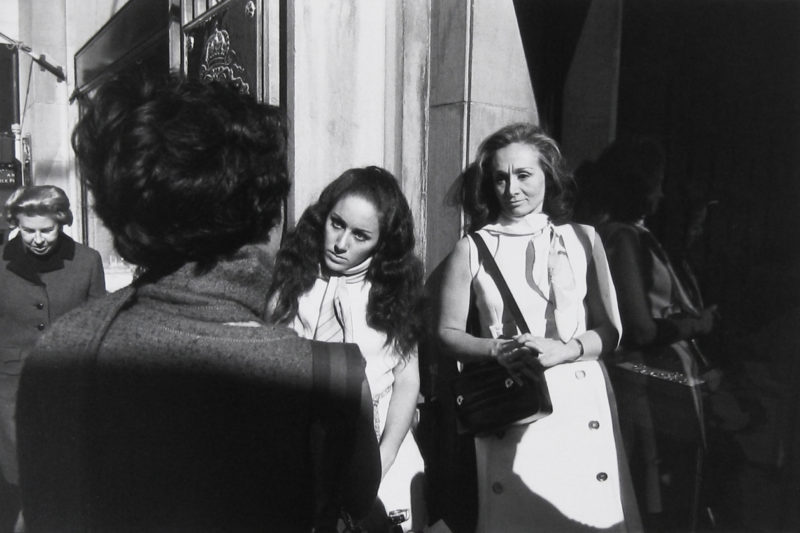
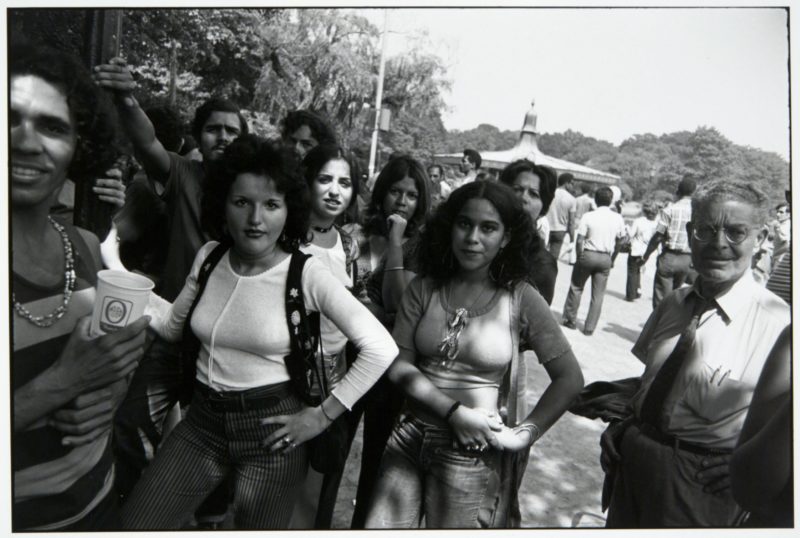
Women are beautiful
After dedicating almost a decade to taking these images, he ended up with an enormous compilation of unique and unmatched documentation celebrating this vigorous uprising of womanhood in the history of photography.
Release in 1975
Women Are Beautiful was released in 1975. MoMA’s curator John Szarkowski had this to say about the alum and the artist:
Winogrand’s taste for life, being stronger than his regard for art, makes him equal even to the task of confronting the comedy of his own time.
How Winograd worked
Winogrand worked in the streets of New York back when he was starting his photography career. Capturing random images wasn’t a simple task, especially because the composition of the pictures had to fall into place. To enable him to take the snaps quickly, Winogrand used a 35mm Leica camera. Winogrand loved taking his snaps in the city environment as it gave him a chance to explore the limits of the human scale.
While Women Are Beautiful is about celebrating the sexuality of women, the artist avoided naked photos of ladies in his album as well as studio portraits. Instead, he concentrated on taking the images of women to convey their sexuality through laughter, gestures, clothes, hairstyles, or whispers. These photographs were taken mainly in the streets of New York, cafeterias, swimming pools, and upscale parties.
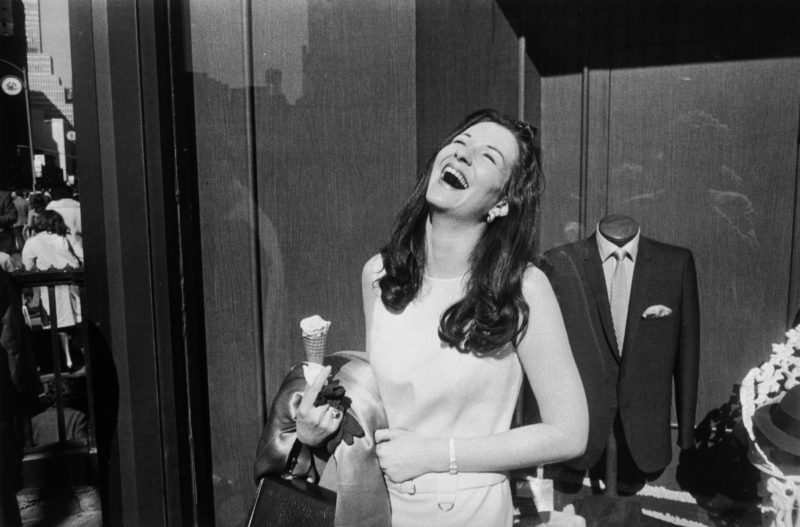
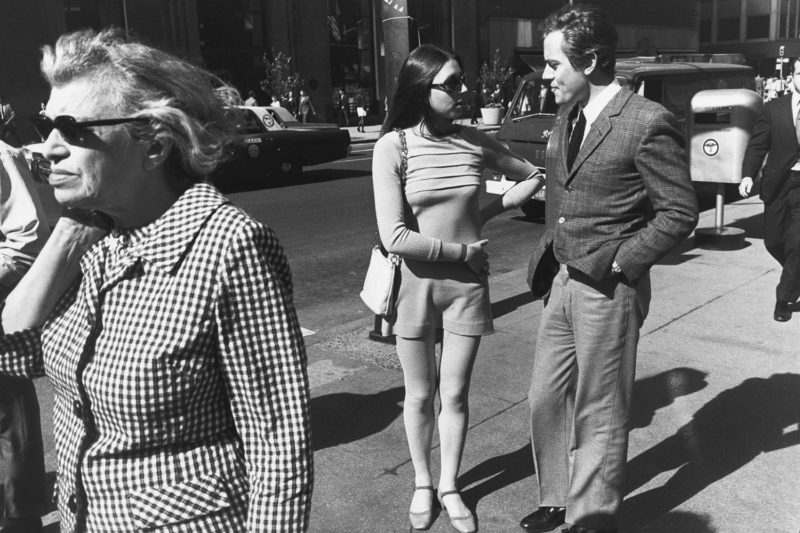
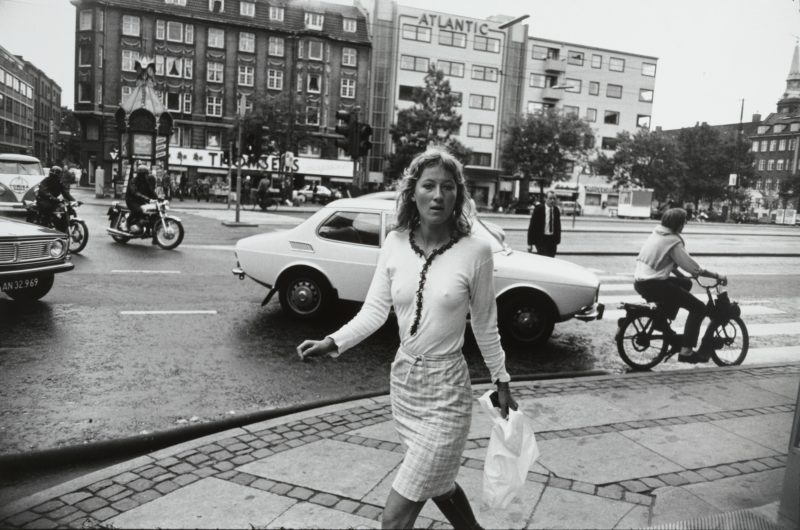
Style & References
Winogrand developed his exceptional style by joining the aesthetics of the images with his unique visual language. He established his signature photographic expression of capturing movements in an unusual way. Winogrand didn’t adhere to accuracy. Throughout his works, he ignored the essential traditions of basic elements of art and became the master of the moment.
Garry Winogrand’s style is closely related to Abstract Expressionism, evoking the paintbrush strokes of the art’s greats with its sharp diagonals. The artist was seen as Robert Frank’s successor. Winogrand’s work followed the principles of lack of balance, just like Frank’s.
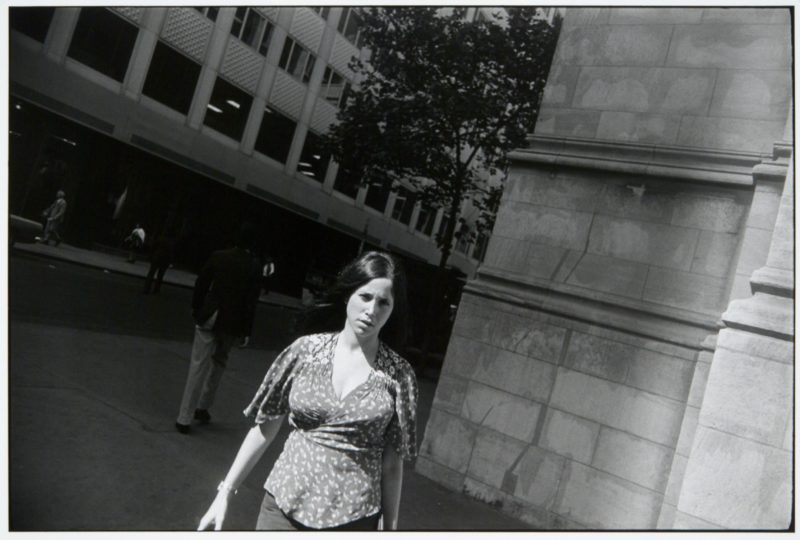
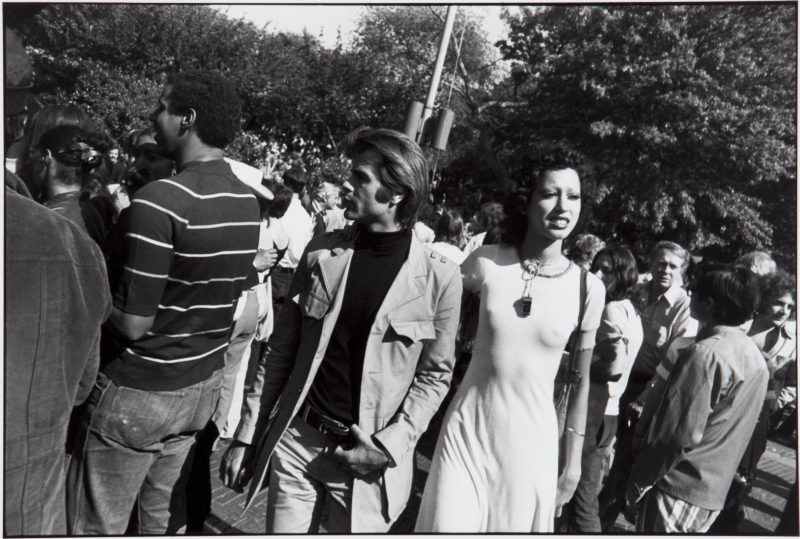
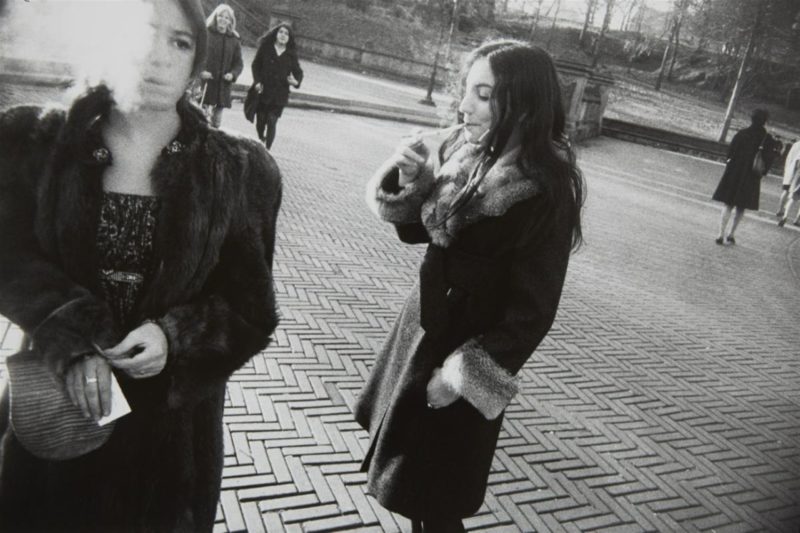
Criticism
Joanna Szupinska-Myers, a senior curator of the California Museum of Photography (CMP), said this about Winogrand photographs:
As a university museum, the CMP envisions itself as a stage for experimentation. The folio has been widely dismissed as his most problematic project, so we thought it was a provocative proposal to focus on this group of images in particular.
These remarks coincided with renewed interest in Garry Winogrand’s works after many critics claimed that it is borderline sexist. But Szupinska-Meyers differs from those sentiments by adding that the implied reason for focusing on Women Are Beautiful is because Winogrand’s work is valuable and needs to be reconsidered.
She said:
Rather than excusing Women Are Beautiful as a misguided or tone-deaf project – sweeping it under the like a dirty secret – in their considered installation and thoughtful writing about the photographs, the curators approach this body of work with critical and complex readings that inherently advocate equal respect for Women Are Beautiful, as is warranted by Winogrand’s other projects. After almost 40 years, Laxton and the other curators seem to be asserting that we should be able to look critically at these pictures without dismissing them.
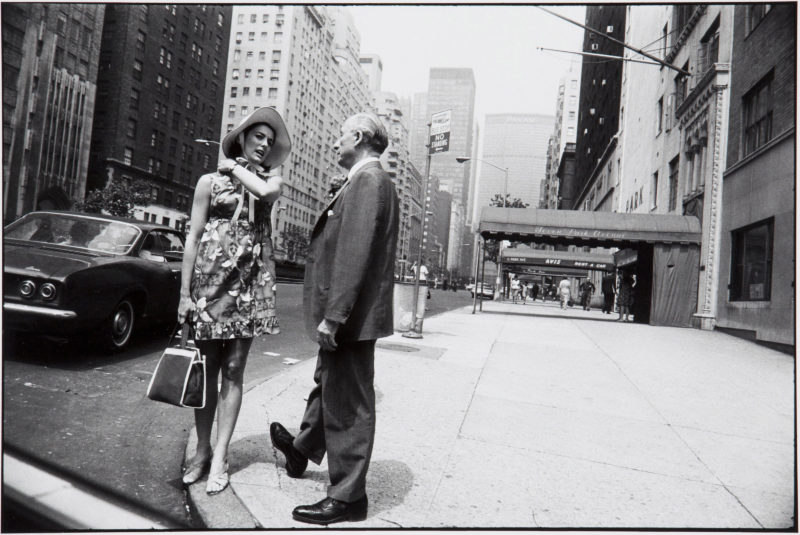
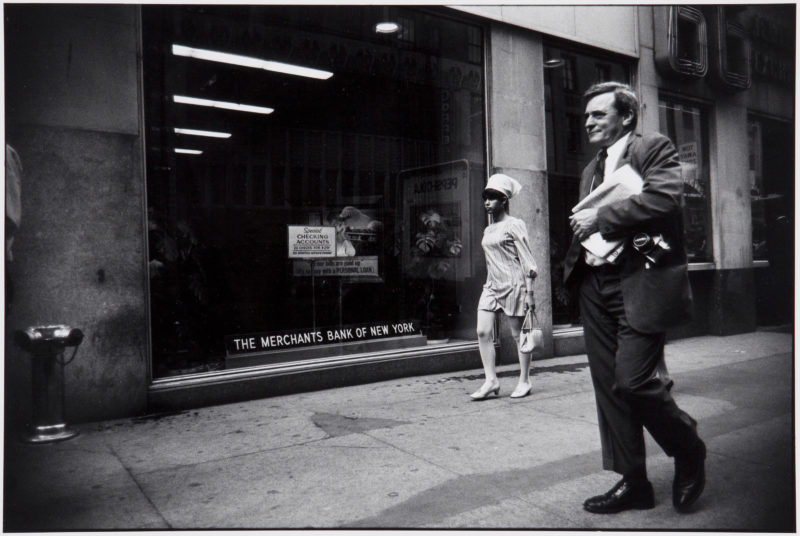
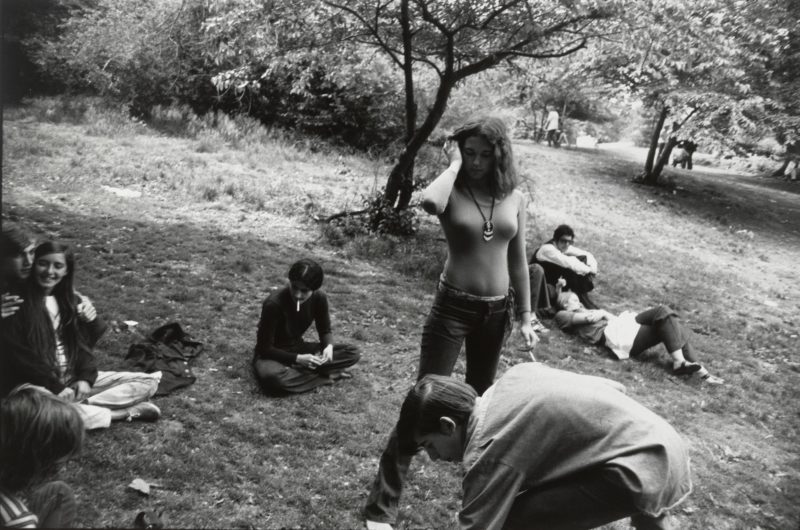
Book
Throughout his career, Winogrand compiled just four books consisting of exclusive photographs. He rarely wrote essays about his work besides the half-page intro to his 1976 Grossmont Catalog. Winogrand never took part in editorial works of his books except for the small contribution he made on Women Are Beautiful in 1975.
The book contains 85 images of women that the artist depicts how he saw the evolution of women in the second phase of feminism and the age of sexual transformation. Unlike studio works, Winogrand’s photographs realistically capture women’s beauty without the need to meet expectations.
The artist took a different path in editing his images, defying classical rules. He focused on capturing spontaneous and strange moments as well as surprising viewpoints. The photos, combined with the skewed horizons, can be recognized as social landscapes. The images in the book were captured in a manner that one would think it is a movie. It is like that first image and the next are related.
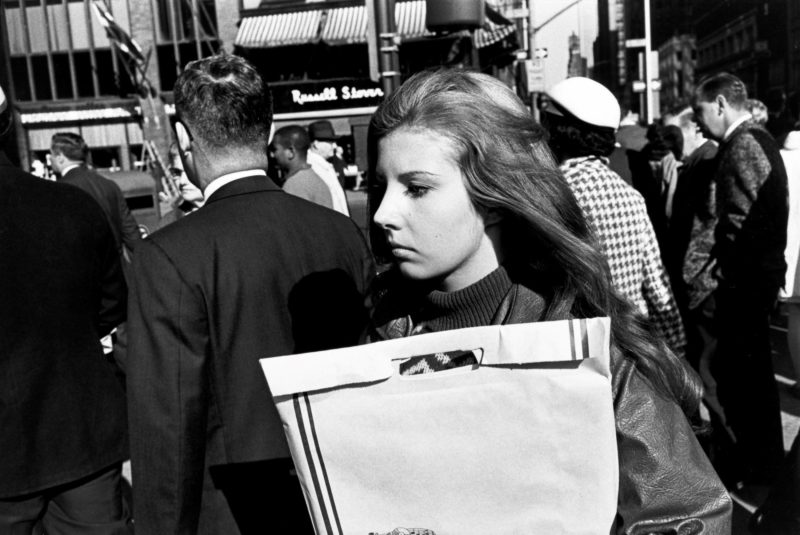
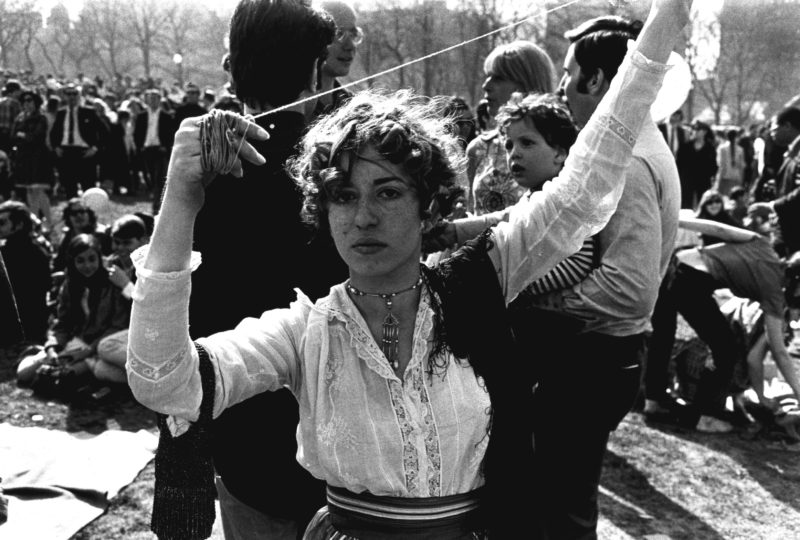
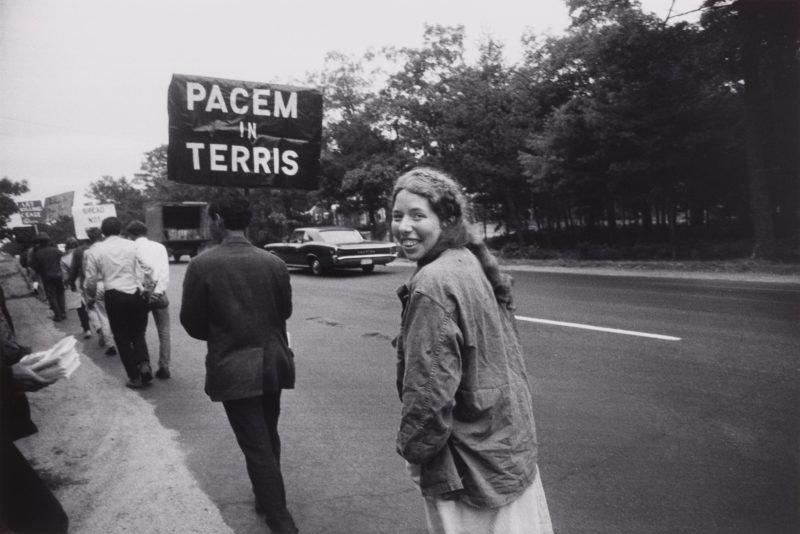
Video: Garry Winogrand speaks about this photography, 1974
42min 31sec
Biography
Studies & Work
Studies & Work
He joined the city college of New York, where he studied painting. He also joined Columbia University and The New School for Social Research to study painting, photography and photojournalism. He worked as a freelance photojournalist in the 1950s and 1960s for major publications, including Sports Illustrated, Life, Fortune, and Look. He moved to Chicago shortly between 1971 and 1972, where he had a short stint as an instructor at the Institute of Design at the Illinois Institute of Technology. In 1973, he moved to Austin, Texas, to teach at the University of Texas.
Guggenheim Fellowships & Awards
The multiple Guggenheim Fellowships he received allowed him to define his work that would inspire many generations to come. During the first fellowship, Winogrand studied media’s influence in the representation of a public event, which was one of the hottest trends in the late 1960s. For his third fellowship, he opted to travel across the western and southern regions of the United States to study social issues. Due to his exemplary work in arts, Winogrand was awarded the Guggenheim Fellowships three times; 1964, 1969, and 1979, as well as a National Endowment for the Arts Fellowship in 1975.
Exhibitions
Winogrand’s works were displayed at the Image Gallery in New York back in 1959 and several times at the Museum of Modern Art in New York. Today, his works are exhibited at museums such as the Tate and the Centre Pompidou.
Death & 300,000 unedited images
Garry Winogrand died unexpectedly at the age of 56 on March 19, 1984. He was diagnosed with gallbladder cancer earlier that year. Winogrand left behind a lot of unprocessed works. There were more than 2,500 rolls of undeveloped film, 6,500 rolls of developed but yet be proofed exposures, and some other 3,000 rolls. The artist left a total of 300,000 unedited images.
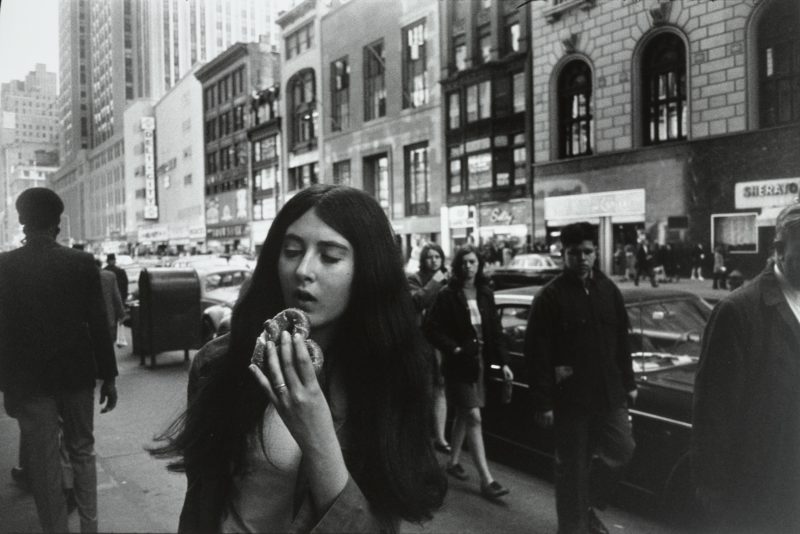
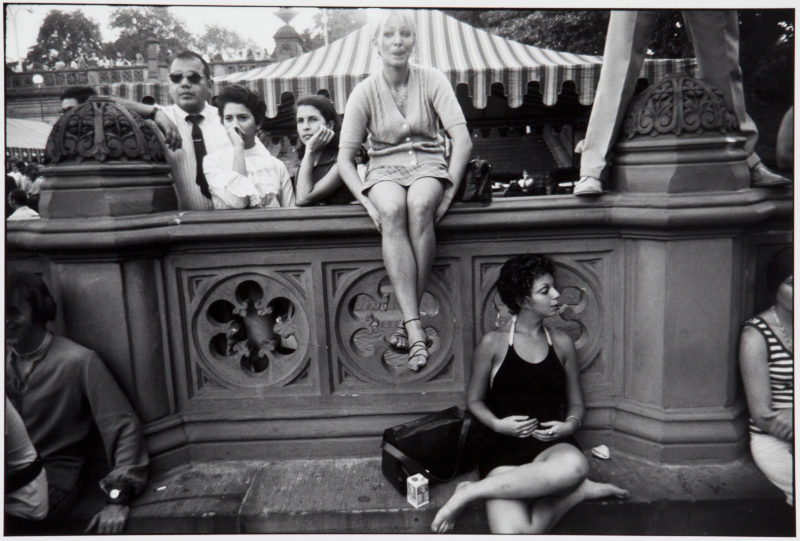
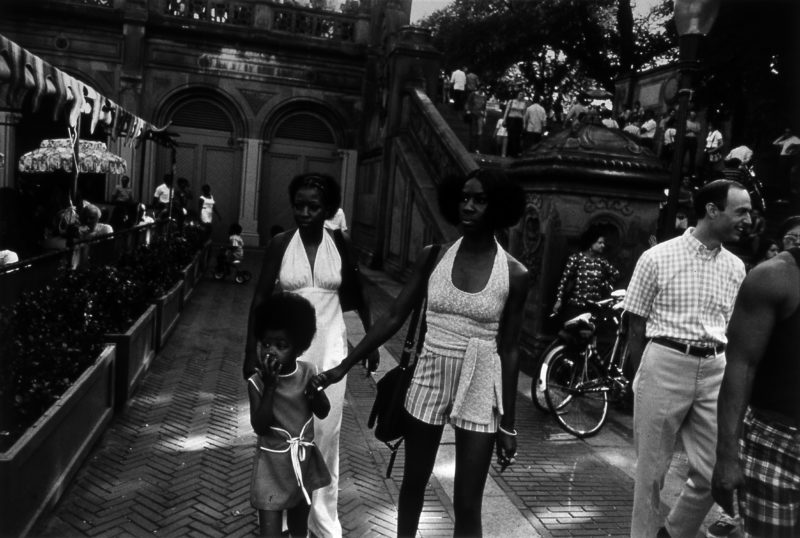
Analysis
Winogrand was dubbed the Prince of the street, and rightly so. He deservedly earned this title for his works on Women are Beautiful. By meticulously taking pictures of women during their routine activities in public, he transformed their mundane actions into empowerment marks of shapes and forms.
Garry Winogrand was a dedicated artist. Looking at his albums, one could not realize the work put behind to develop the images. During the 1960s and 1970s, a single roll of film had only 36 exposures, and the photographer had to rewind, remove from the camera and process. And Winogrand had to do that over 300,000 times.
Winogrand’s job was to capture life as it transforms and takes joy in his images as his subjects. The women in Women are Beautiful are vibrant, happy, self-confident, and uninhibited. They carved their own path and followed without intimidation, and embraced their freedom, take on the era’s despite ‘what others may say.’
Joel Meyerowitz, fellow photographer and close friend, states:
[Winogrand] pictures are both a slam and an embrace. He is a contradiction, and so, the pictures are contradictions.
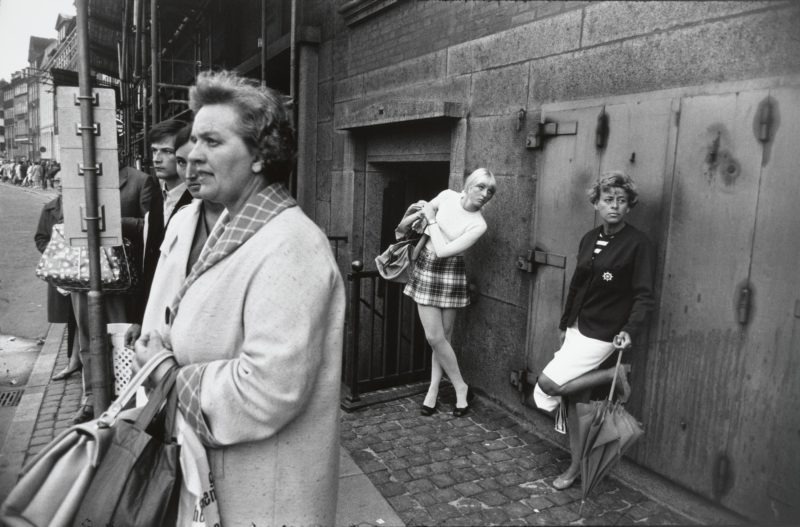
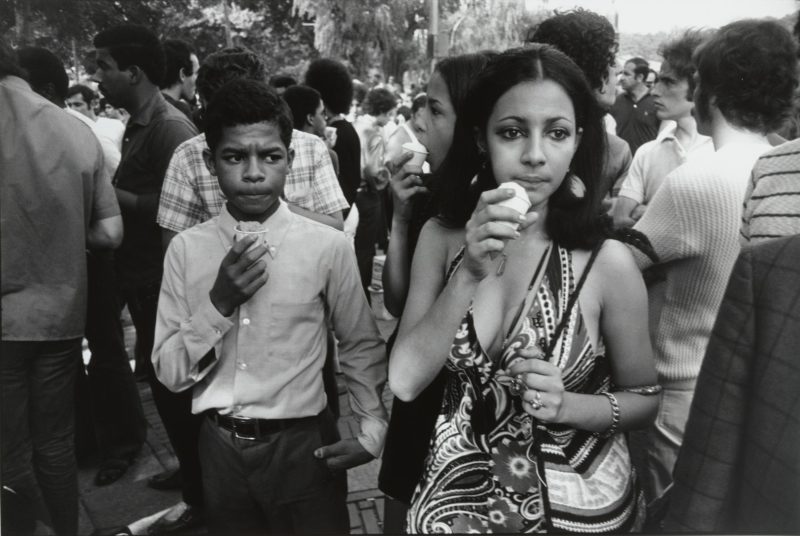
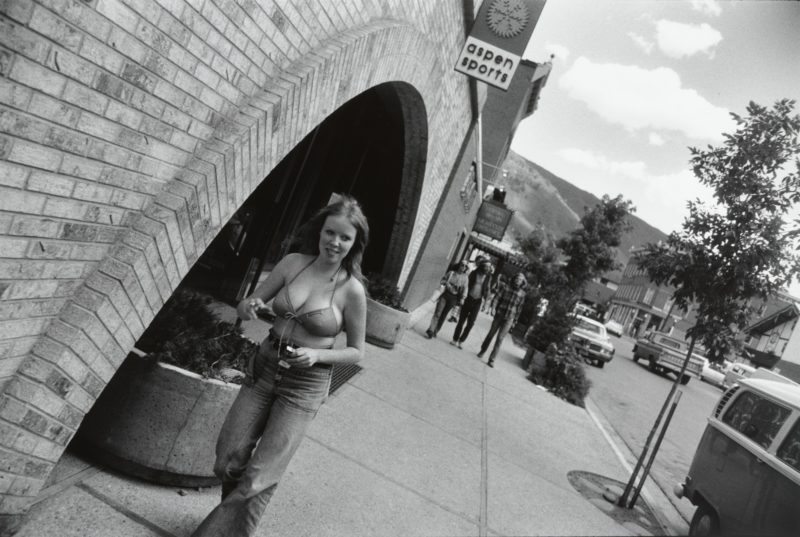
Conclusion
Women Are Beautiful is not just a basic essay on women’s sexuality and beauty; it depicts how media supports the counter-culture and freedom of women. The aesthetic component of beauty in the images is hard to miss. The women in the pictures appear unrestrained, confident about their body and echo the new dawn of beauty in America.
